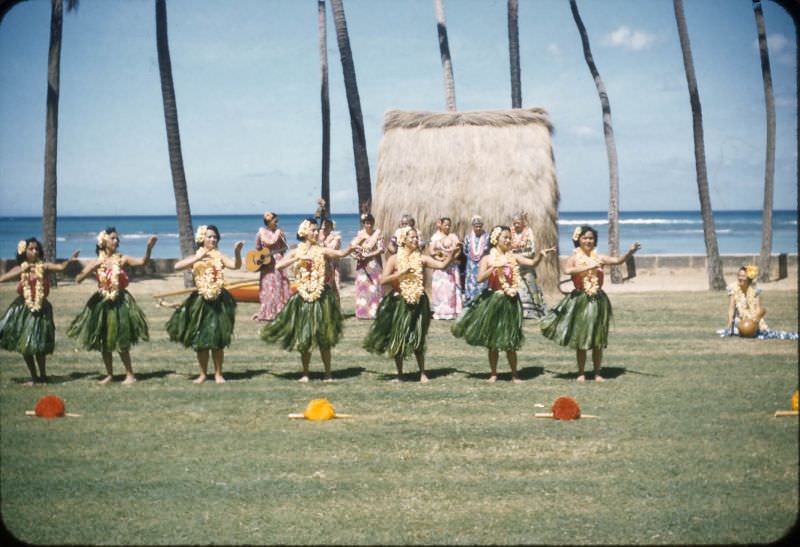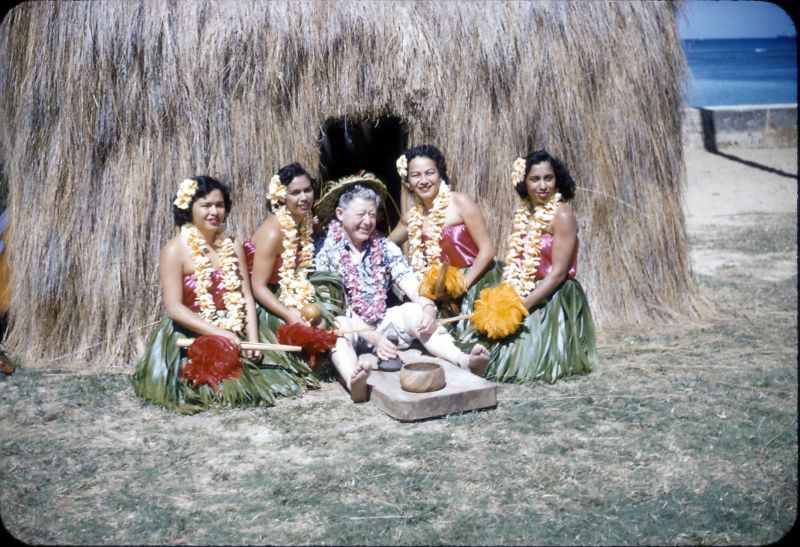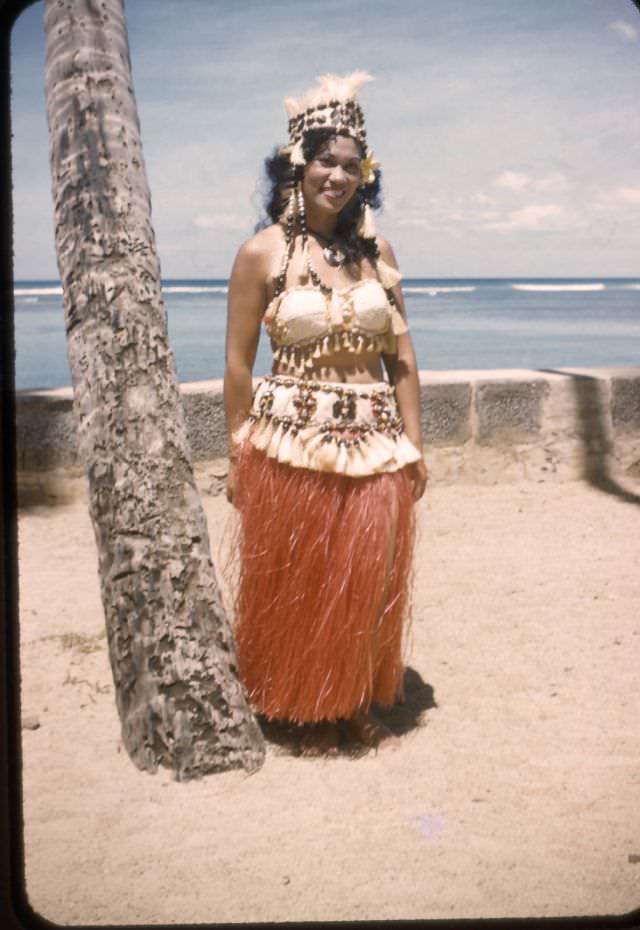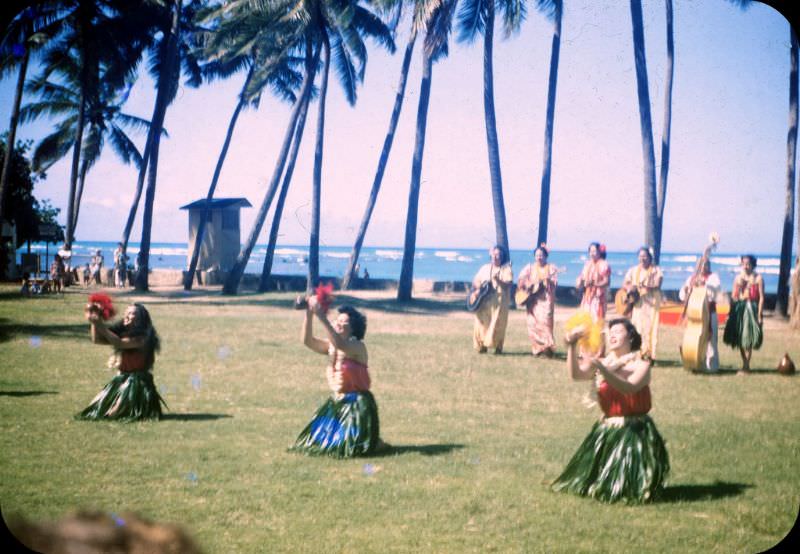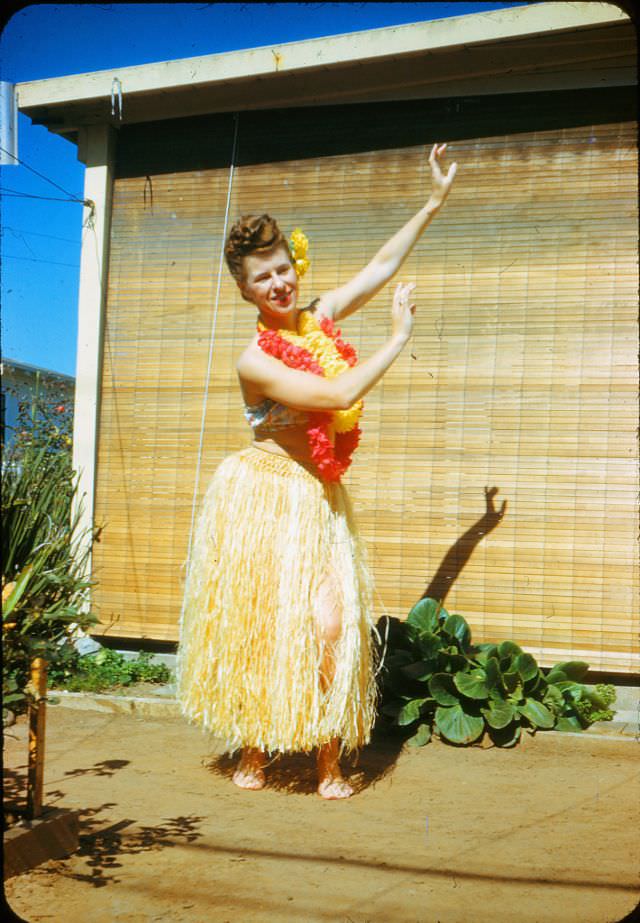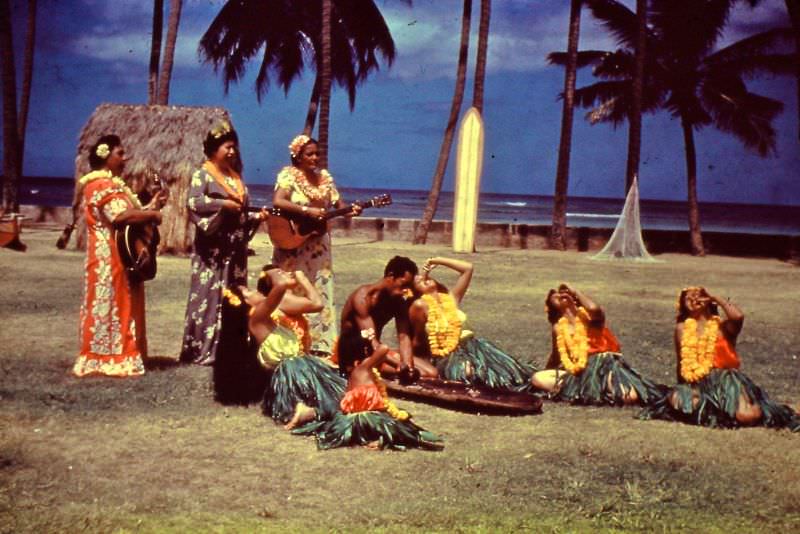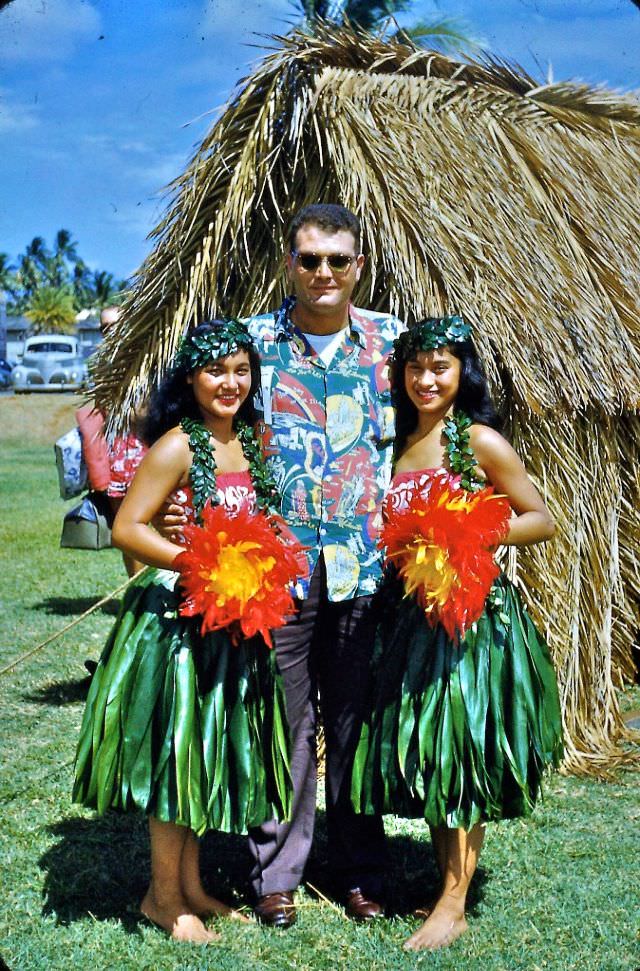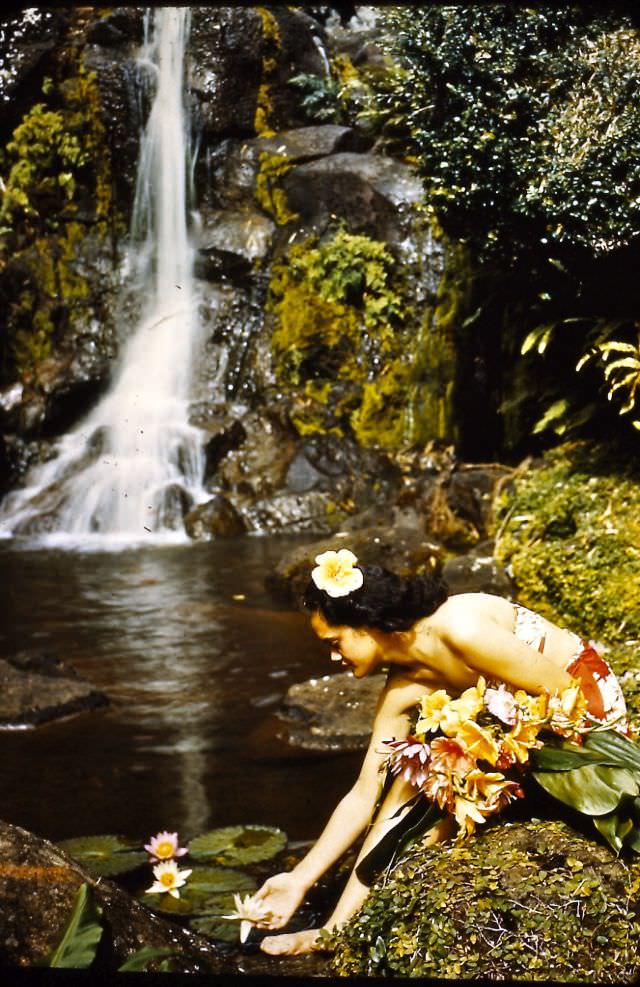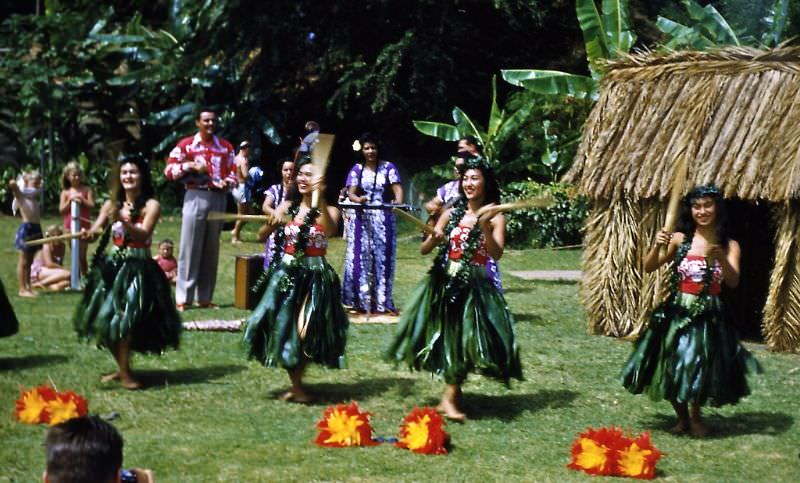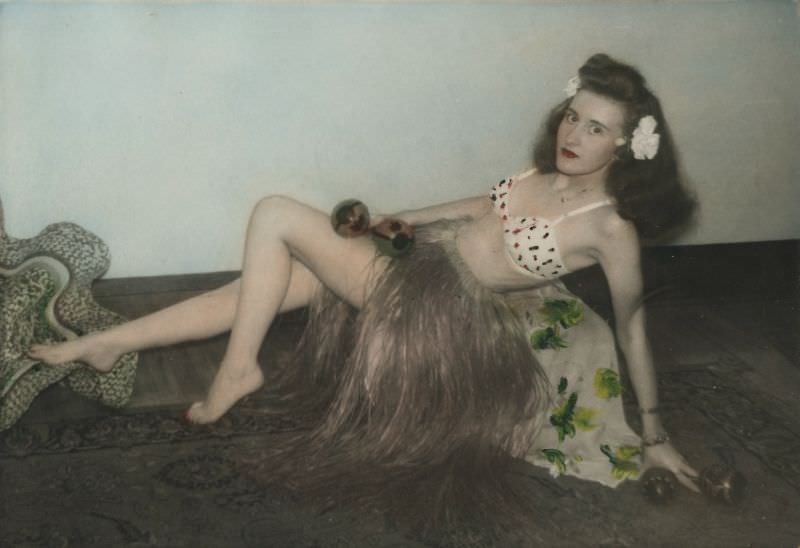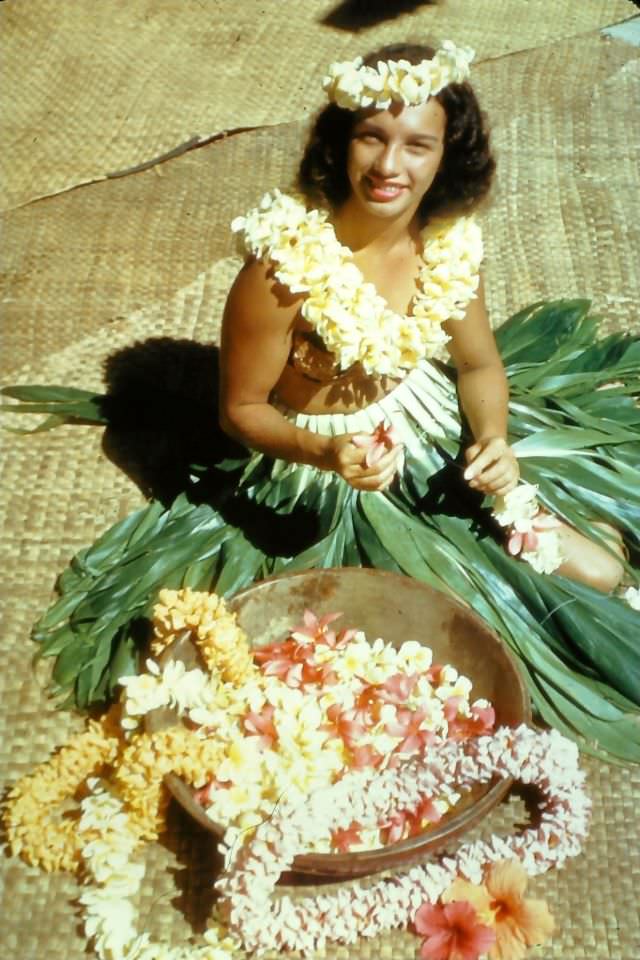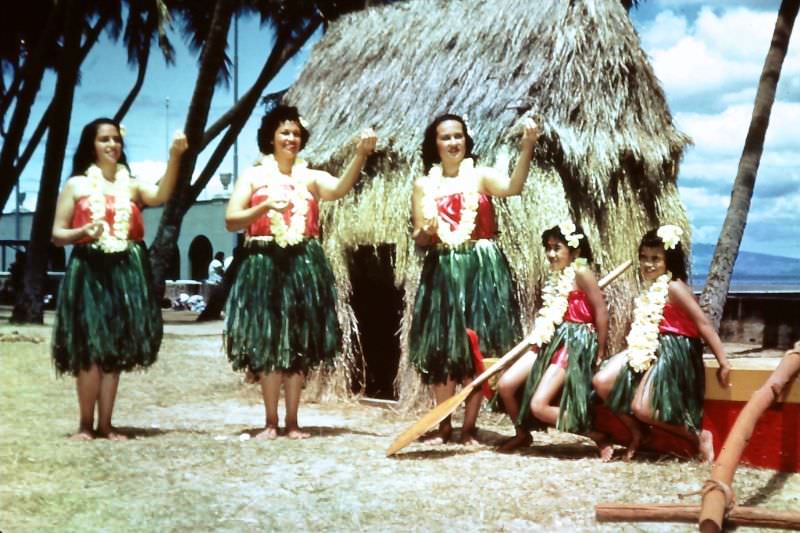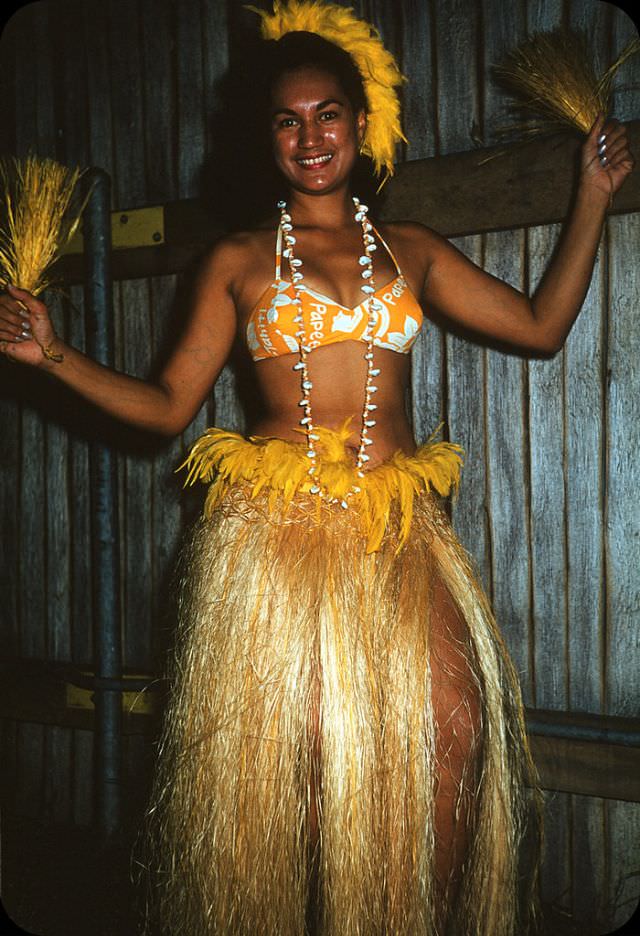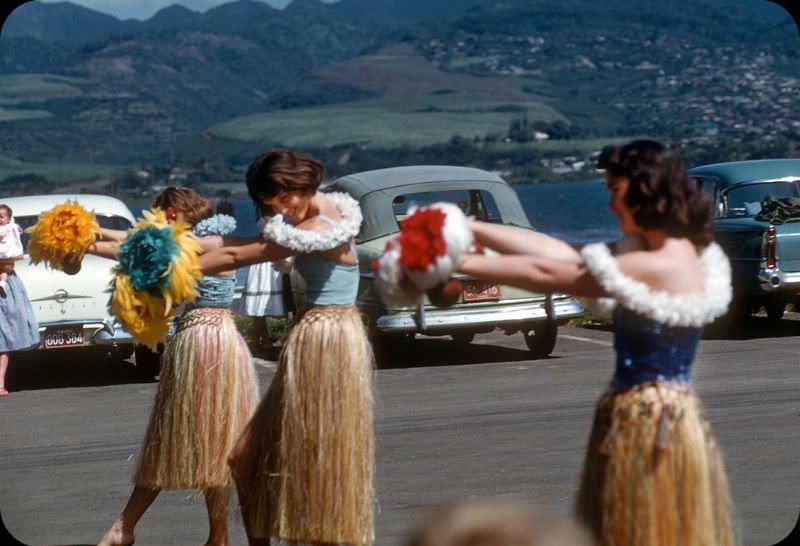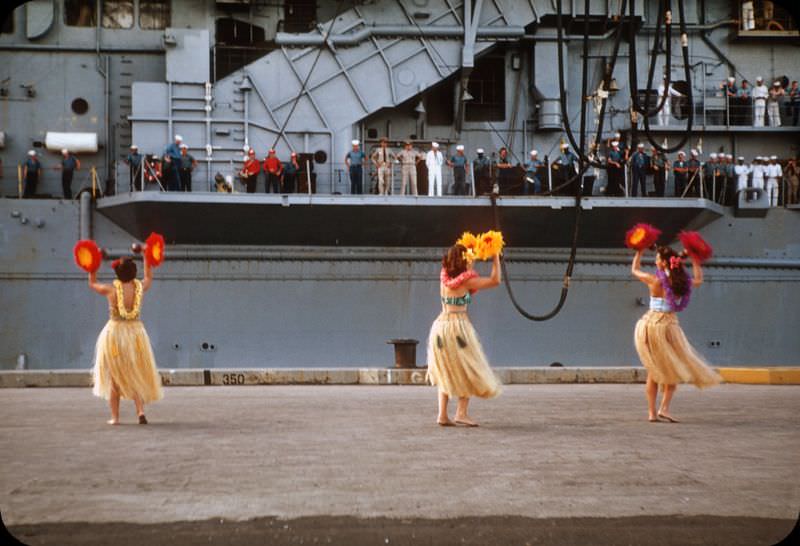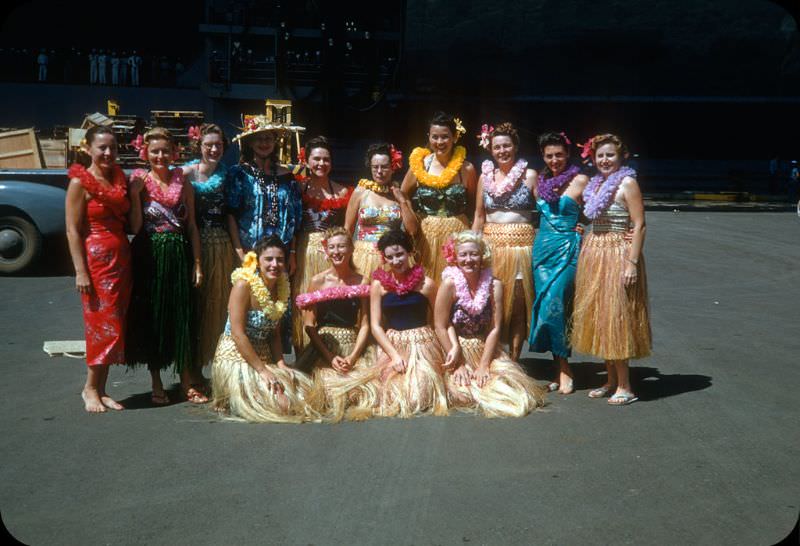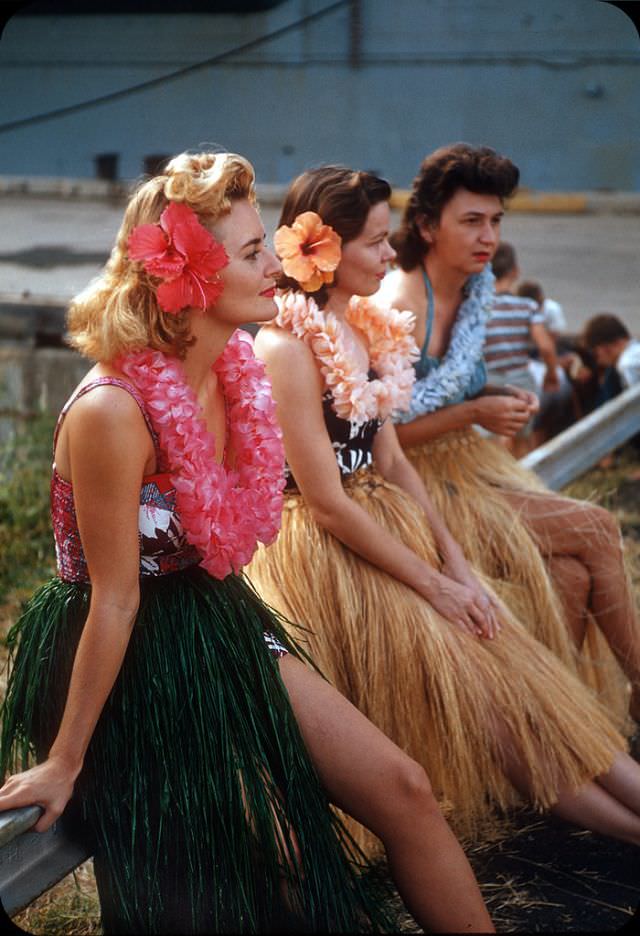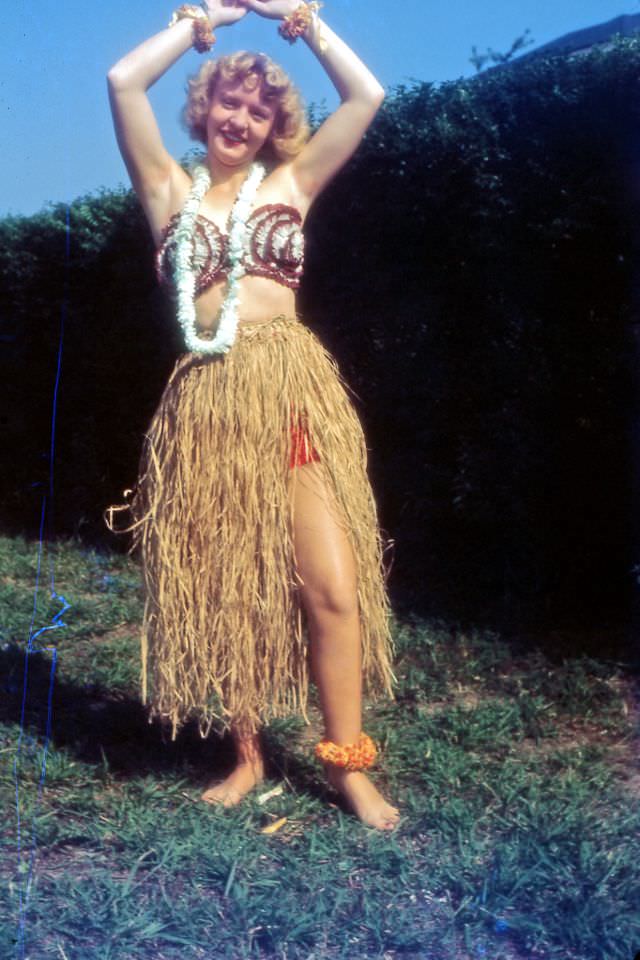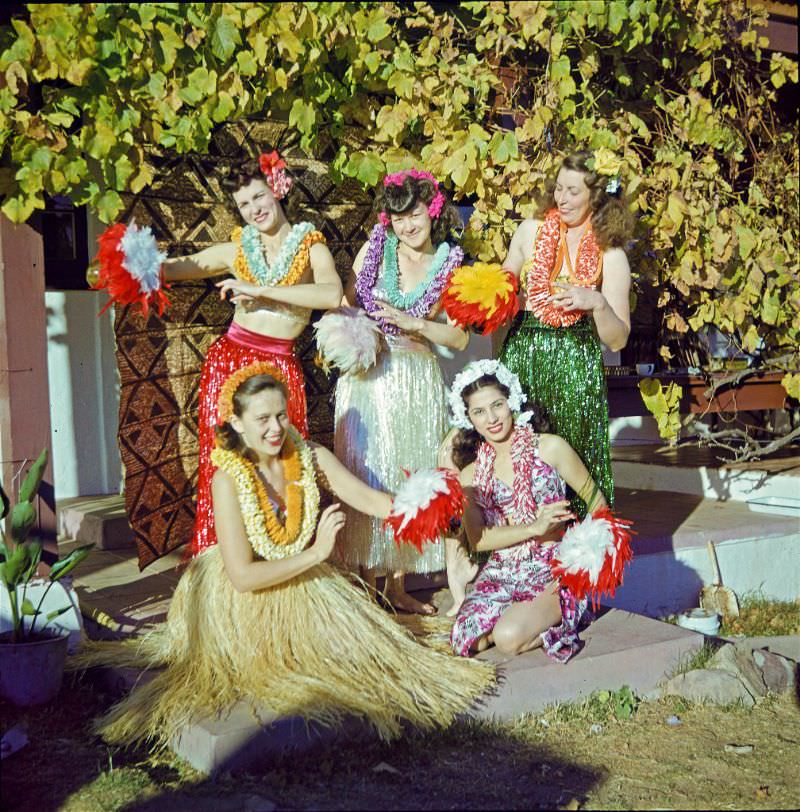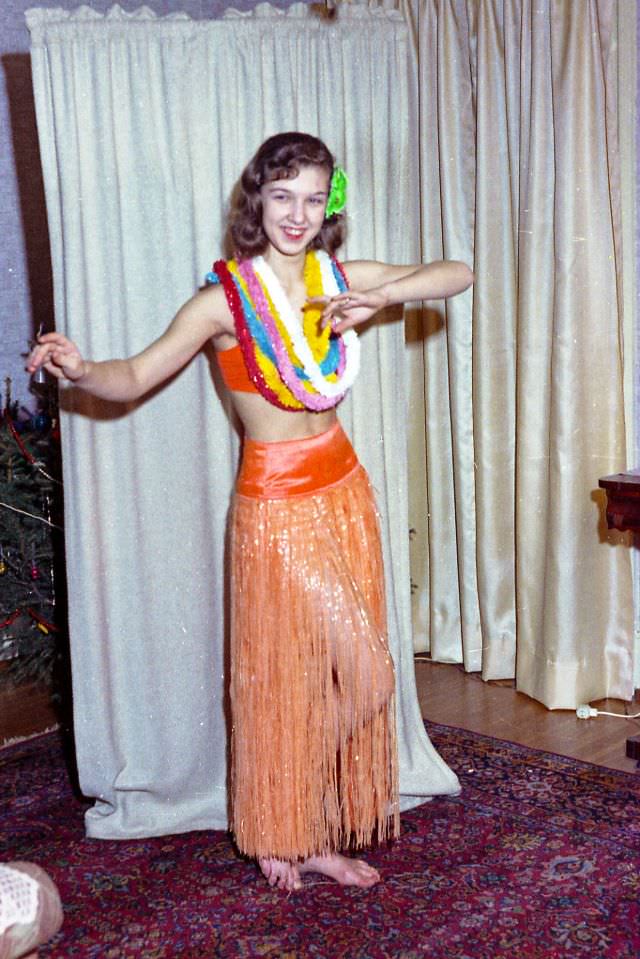Hula is a sensuous Hawaiian dance performed by standing or sitting with undulating movements accompanied by chants and instruments. Hula was originally a religious dance performed before the king or ordinary people to promote fecundity, honor the gods, and praise the chiefs. It was developed by the Polynesians, who initially settled in the Hawaiian Islands. Visually, hula dramatizes or portrays the words of the oli or mele.
The two main categories of hula are Hula ʻAuana and Hula Kahiko. In ancient Hawaii, a type of hula called kahiko was performed. Chants and traditional instruments accompanied the performance. Hula, when it developed under Western influence in the 19th and 20th centuries, was called *auana (a word that means “to wander” or “drift”). Song and Western-influenced musical instruments accompany the guitar, ukulele, and double bass. Several new terms are beginning to enter the hula lexicon: “Monarchy” includes any hula composed and choreographed during the 19th century. A western culture brought about many changes in the Hawaiian arts, including hula. Hula written in the 20th and 21st centuries that follow the stylistic protocols of ancient hula kahiko are called ‘Ai Kahiko.’
Below are some stunning photos of women in hula dance costumes from the 1940s.


